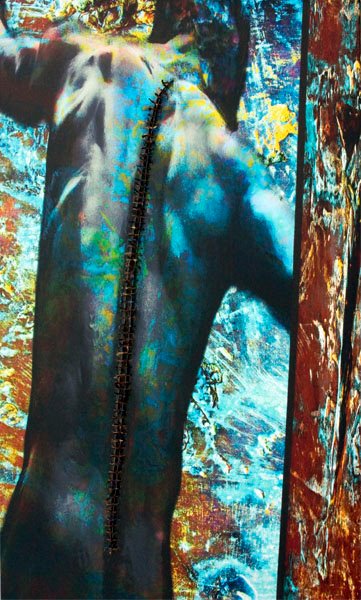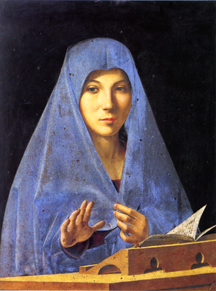Click here for Part 1.
Epiphanies have to do with seeing, in the deepest sense. A spotlight comes on and shines on something that has been there all along and, as if for the first time, we truly see it. The work of the artist is to train one’s eyes to see and communicate it such a way that others see it as well, to witness and bear witness. Flannery O’Connor wrote, “Your beliefs will be the light by which you see, but they will not be what you see and they will not be a substitute for seeing.” We require light to see, which is why light is a primary metaphor for describing epiphanies: realizations come to light, connections are illuminated, and so on. Following Christ in the world depends heavily on having eyes to see and ears to hear. Artists have a particular calling to make what they see visible to others, but we are all called to live as witnesses – to see and hear and make what sense we can of God’s presence, action, and guidance – and to respond accordingly.
A quiet consensus has formed in this show – that the light by which we see enters through the cracks and crevices and that it settles, well, just about everywhere, really – everywhere we have trained our eyes to see and taken the time to look. Poet Mike McGeehon sees the light settling in the enforced pause of disparate souls at a stoplight.
In all of us here
in the 40-second meeting,
settling into our seats
for a moment together
where the intersection is.
– from “Where the Light Settles”
by Mike McGeehon
Photographer Leslie A. Zukor has a theophany by the natural light of the natural world

“The Burning Bush” by Leslie A. Zukor
while Ron Simmons digitally enhances his photographs to reveal the prismatic refractions surrounding saints making visible all the colors hidden in the light itself.

“Apparitions” by Ron Simmons
Alison Peacock sees a heavenly father in the earthly. The young Seeker in my poem and in the beautiful collage Trisha Gilmore created for her knows God’s presence before she can articulate it in
the cheek-roughness… of this… tree I can’t name… but… I will someday
– from “Seeker” by Jenn Cavanaugh
in Mars Hill Review 22 (2003)
Autumn Kegley paints her revelling revelation of the joy-filled life. Karla Manus encounters such a life and sees her relatively comfortable, joyless self in stark relief. Elizabeth W. Noyes returns again and again to the return of the full moon in which she catches sight of “infinite possibilities for echoing what is poetic, magical, mysterious and whole in the human heart, and mine.”
In curating this show, I’ve recovered a season. Between the times in which we wait for God to come and prepare for God to act, we have been given a time to train our senses to recognizing God’s presence and present work among us. In the years to come, Epiphany will be for me a time to focus on seeing God in the world, recognizing Christ in others, and becoming more receptive to the connections the Spirit makes.
The Epiphanies group show will be open at Capitol Hill Presbyterian Church of Seattle until February 14th. You can call the church office to make an appointment to see it during a weekday, join us for a service: Sunday, 2/10 @ 9:45 am or Ash Wednesday, 2/13 @ 7 pm, or drop by during the Capitol Hill Arts Walk, 5-8 pm, 2/14. See our Facebook page for more information and pictures http://www.facebook.com/CapHillPresArts





